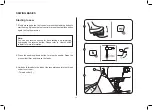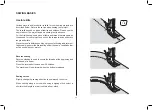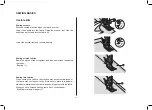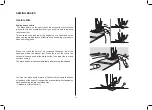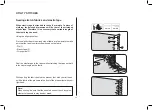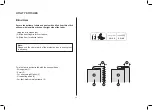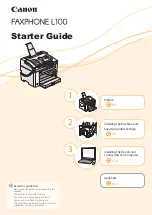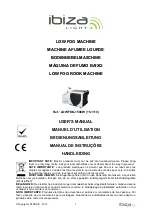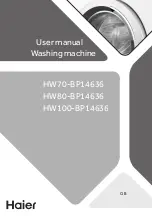
43
2
1
07
02 03
Stretch stitch
UTILITY STITCHES
Use this stitch with knitted tricot or other stretchy fabrics. The
stitch enables your seam to stretch without breaking the thread.
Good for easy to ravel and knit fabrics. It’s good for joining durable
fabric such as denims.
These stitches can also be used as a decorative top stitches.
- Stretch stitch (1)
- Straight stitch (2)
Using the all purpose foot.
1. Straight stretch stitch
Straight stretch stitch is used to add triple reinforcement to stretch
and hardwearing seams.
2. Zigzag stretch stitch
Triple zigzag stretch stitch is suitable for firm fabrics like denim,
poplin, etc.
1
2











